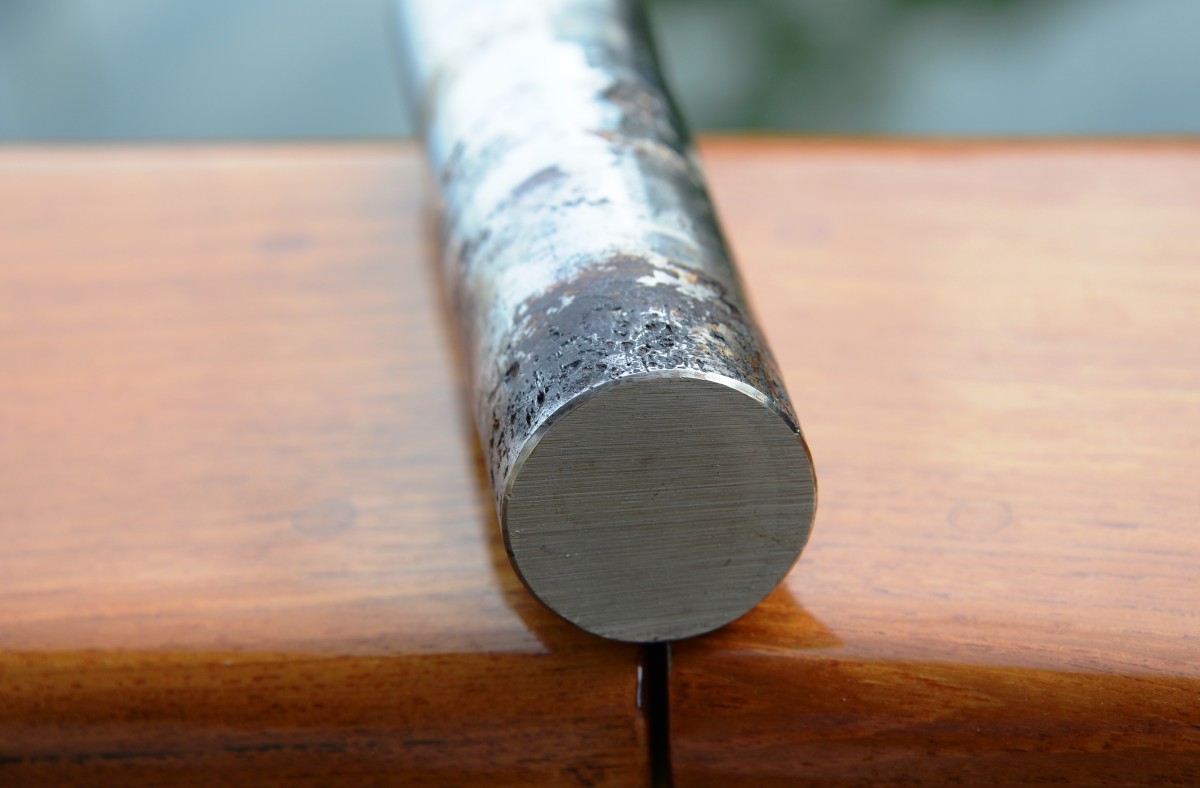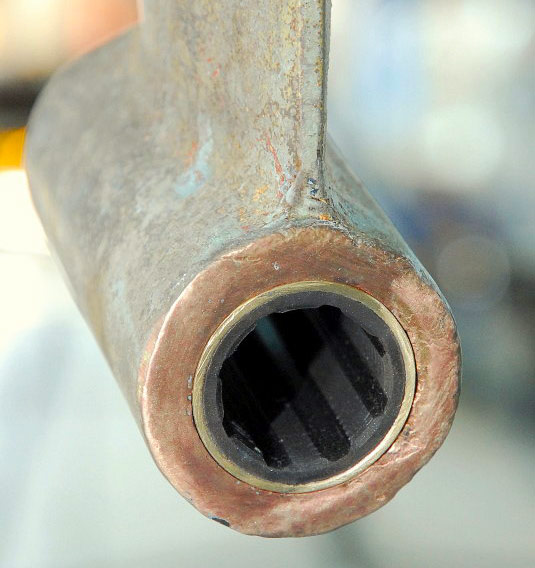It's been a few years, but I don't seem to particularly remember SS austenite transforming to ferrite while being cold worked. In fact, highly unlikely you'll get any crystal lattice transformation without the application of elevated temperatures.
When you cold work austenitic stainless steels, especially the 316 and 304 varieties, you also get martensitic transformations that are magnetic. With these alloys it takes very little cold work to get that transformation. So you don't need ferrite. As you point out, that will not likely happen unless you get elevated temperatures - for example when welding.
This shaft can actually cold work during use. These alloys cold work easily, in fact its one of the difficulties in machining them.
The internet is filled with misinformation on this - just a FYI....
I was once evaluating a piece manufactured by an Italian company and a bunch of us were sitting around when the part arrived and we were trying to guess why the part had not performed as desired and one of the group said let's check it with a magnet. It was supposed to be - hmmm don't recall now, either 304 or 316 - and we all took turns putting a magnet on the part, compared the magnetism against a known piece of steel and we all proclaimed it could not be stainless steel as it had the same attraction to the magnet as the steel. We then went through all the full analysis: microstructural, chemical, complete root cause, and indeed, it was exactly the alloy that it was supposed to be and the only thing that came out was it had been cold worked. There were no material anomalies what-so-ever. The poor performance was positively identified as a specific misuse in the machine during use.
Using a magnet on any piece of stainless steel that has been in use, standing rigging, shafts or whatever, especially if if undergoes loading in use, has the potential, and likelihood, of altering the magnetic response to a magnet. And that's assuming that the part was originally installed with no cold work. You actually have to be very careful in manufacturing to not instill any cold work in these alloys, in fact, if that's a design requirement, you usually need to do an anneal step as one of the final steps in manufacturing.
fwiw
dj






